How to make despacho
The despacho ceremony is the centrepiece of Q’ero shamanic practice.
A despacho is made by arranging objects on a sheet of paper during a despacho ceremony. Each object is placed with care and shamanic awareness, and carries the psychic energy of the participants. Once completed, the paper is folded up so the despacho forms a bundle, which is then tied to hold it together. This usually wrapped in a mestana or other sacred cloth. The despacho may then be used for other work, or not. Then it is disposed of in ceremony – usually burnt in a fire, but sometimes buried or scattered onto the winds or the waters.
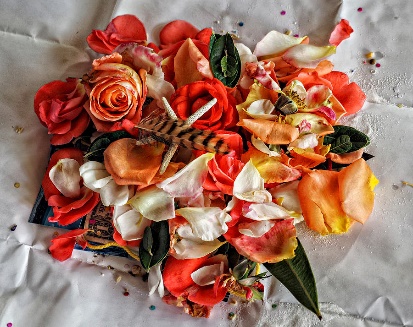 Despacho ceremonies are performed to promote health, well-being and prosperity, or when calamity or misfortune befalls the client. Despachos are also used to thank for special events, to celebrate good luck, to help the soul of a deceased person journey into the beyond and to help grieving parents of a deceased child. Despachos are performed to promote fertility in fields and herds, to cure illness, to undo harm, or bring customers to a business. Despachos are also performed when larger events affect the entire community.
Despacho ceremonies are performed to promote health, well-being and prosperity, or when calamity or misfortune befalls the client. Despachos are also used to thank for special events, to celebrate good luck, to help the soul of a deceased person journey into the beyond and to help grieving parents of a deceased child. Despachos are performed to promote fertility in fields and herds, to cure illness, to undo harm, or bring customers to a business. Despachos are also performed when larger events affect the entire community.
No matter what you are doing, a despacho is always appropriate.
Despachos can follow established formulas (recipes), or be improvised during the despacho ceremony.
For the p’aqo creating it, despacho is as much a performance and an action as it is an act of making. Mastering despacho is not a matter of learning recipes, but developing through three stages. In the first stage one makes a despacho. In the second stage one performs despacho ceremony. In the final stage one becomes despacho.
Despacho is a dance of ingredients and consciousness. Items are placed into a despacho “just so” – not in response to a rigid formula, but because the item and the placement feel appropriate. While making a physical object, every item is imbued with psychic resonances from the p’aqo and the despacho ceremony participants. The making is conducted with a state of mind which fuses munay (compassionate willpower) with yanchay (shamanic knowledge) with yankay (reverential service). The p’aqo serves the participants and the spirits to whom the despacho is aimed.
There are many different types of traditional despachos, of which 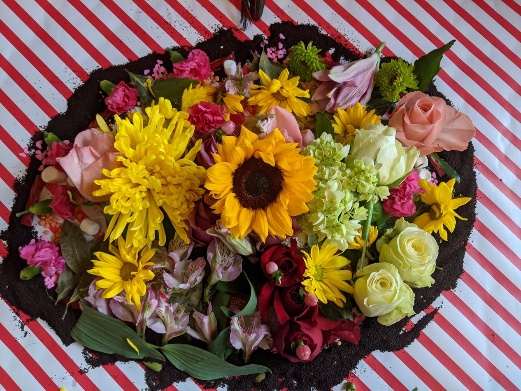 only 200 have been recorded by westerners. Owen studied despacho for 8 years under Don Sebastian Succlle Apaza, who claimed to know 300 recipes, but said there were many more. Don Sebastian said he learnt many from his grandfather, and others from the lightning spirits. He taught Owen around 30 recipes, including how to give karpay’s (initiations) with despachos.
only 200 have been recorded by westerners. Owen studied despacho for 8 years under Don Sebastian Succlle Apaza, who claimed to know 300 recipes, but said there were many more. Don Sebastian said he learnt many from his grandfather, and others from the lightning spirits. He taught Owen around 30 recipes, including how to give karpay’s (initiations) with despachos.
‘Despacho’ is derived from the Spanish word for message. The correct Quechuan term is “haiwariquy“, however many Q’ero, even p’aqos use the term “despacho”. “Haiwariquy” does not have a direct translation into English, but could be interpreted as “making a celebration”.
The despacho is a message and an offering into the spirit realm. It is a gift of food for the spirits, composed of the physical material combined with the prayers of the despacho ceremony participants. It is often created to produce a particular outcome, but does not have to be. It can combine many exotic ingredients in elaborate ceremonies or be as simple as arranging a few things on the grass when no one is looking. Depending on the purpose, a despacho may involve a client, a family, or the entire community. Despachos can be done alone. Despachos can be made simply to give thanks to life, or to bring the person making it into harmony with the cosmos, or simply because the moment calls for despacho. Some of the best and most powerful despachos are the simple ones, created on the spur of the moment out of whatever was available.
Despacho ceremony is performed as a form of ayni (“reciprocity”), to produce harmony with cosmos. The concept of ayni is central to Andean shamanism. It is the essence of the right attitude to life, the right way to live, and the true nature of the cosmos – a mutual dependency between humans, nature and spiritual forces. Ayni is balance in our lives. Ayni is appropriate relationship between our world and the sacred worlds. Human health and well-being depend on there being ayni between all elements of life. Ayni teaches that the essential nature of the cosmos is interaction – interplay between disparate elements. To be in ayni is to be in harmony internally and with the outside world.
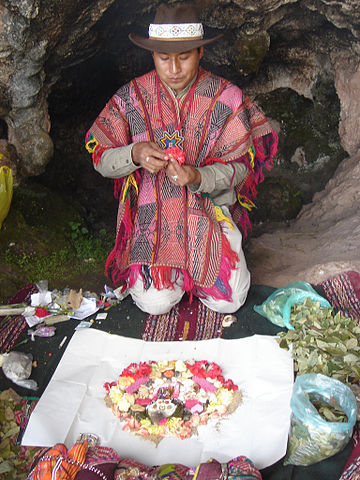 Therefore, when seeking a particular outcome through a despacho, we do not pray or request, we offer ayni, in an attitude of ayni, to produce ayni. We do this by creating beauty, power and energy in the form of a physical mandala. This is then given to the spirits in exchange for the desired result, or “just because”. When one is creating a despacho, one is making food for the spirits. Don Sebastian taught that the spirits liked sweet things and certain colours, and that some things you could put in had special spiritual properties. Other elements were added to represent aspects of this world and hold people’s hopes and prayers regarding them.
Therefore, when seeking a particular outcome through a despacho, we do not pray or request, we offer ayni, in an attitude of ayni, to produce ayni. We do this by creating beauty, power and energy in the form of a physical mandala. This is then given to the spirits in exchange for the desired result, or “just because”. When one is creating a despacho, one is making food for the spirits. Don Sebastian taught that the spirits liked sweet things and certain colours, and that some things you could put in had special spiritual properties. Other elements were added to represent aspects of this world and hold people’s hopes and prayers regarding them.
Modern western writers will attribute specific significances to particular elements of the despacho, such as garlic to absorb negativity, or lima beans to represent holy places. Don Sebastian never spoke like this. Some things had specific functions, such as shells or dried starfish to represent the creatures of Mamma Serena (Mother Ocean), but most did not. They could take on particular representations for one despacho, but they could hold a different meaning in the next one. Thus, while lists of meanings are OK if you want to use them, and they work for you, but don’t think different meanings are “wrong” or that everyone should work that way. Similarly, western writers tend to offer specific formats – this goes here, that goes underneath, etc. There are specific forms, but in Owen’s experience, the different recipes relate to what goes in the despacho, and only sometimes where it should be placed.
Start gathering your own despacho ingredients
Essential Ingredients
You can add almost anything to a despacho, but some things are essential.
 Sacred leaves. In Peru, coca leaves. Alternatives are bay leaves and rose leaves. They do not have to be fresh, they can be dried. They should be in good condition – not mouldy, cracked, or torn. The leaves are the primary carriers of prayers, and will often be the only thing the participants work with, everything else being placed in the despacho by the p’aqo. Leaves will be added in groups of 3, called a “kintu” (“kinsa” is Quechuan for 3). There may be one per participant, or specific numbers (usually 6, 9, 12 or 16 kintus)
Sacred leaves. In Peru, coca leaves. Alternatives are bay leaves and rose leaves. They do not have to be fresh, they can be dried. They should be in good condition – not mouldy, cracked, or torn. The leaves are the primary carriers of prayers, and will often be the only thing the participants work with, everything else being placed in the despacho by the p’aqo. Leaves will be added in groups of 3, called a “kintu” (“kinsa” is Quechuan for 3). There may be one per participant, or specific numbers (usually 6, 9, 12 or 16 kintus)- Sheet of paper. Big enough to be folded over the despacho. Size depends on the despacho. Usually A3 (US tabloid) or A2 (the size of a flipchart). A small one might be possible on A4 (US letter). This is then cut to a square and the despacho built in the centre of it.
- String. To tie it up once finished. Nothing fancy, it’s going in the fire.
- Cloth. Big enough to wrap around the despacho once finished. Can be fancy, it’s not going in the fire.
- A balance of masculine and feminine energies. Red is the female colour, white is the male colour. So all red things in the despacho feed the feminine, and all white feed the masculine. If buying things for your despacho, try to buy both red and white versions of the same thing wherever possible. Brown rice and brown sugar are considered the “red” (female) version.
- Red wine and clear (white) liquor (usually vodka). Only a very few drops of each.
- Red and white flower petals. Carnations are the preferred flower, and sacred to the Q’ero. Roses are the next best option. Must be fresh and alive. Other flower petals also welcome.
- Sugar. White sugar forms a sweet boundary around the despacho. Brown is usually reserved for specific recipes.
- Other stuff. Sometimes lots of other stuff.
Stuff so common it’s almost a standard
Frankincense; cornmeal; cotton; figs; flower petals; biscuits and crackers; grains; lavender (in Peru; wirracoya); lima beans; peanuts; raisins; fat (lama fat or butter); a shell or bit of dried starfish; rice; coloured confetti; thin red and white ribbons or sewing thread (roughly 2-3cm, 1 inch); strip of silver paper (1cm x 3cm, ¼ inch x 1 inch); strip of gold paper (1cm x 3cm, ¼ inch x 1 inch); cocoa seeds (or coffee beans); dried bread dough (instead of bread because bread goes mouldy).
AND – lots of different types of sweets and candies, including cake decorations, coloured sugars, etc.
This is your chance to become a little child again and go crazy in the candy store!
 Other cool stuff
Other cool stuff
Powdered frankincense; powdered rock from a sacred mountain; ground minerals; a (small) feather (people often just cut a small part of the feather off and use that); dried seaweed; bits of dried lama foetus (or sheep or goat); hard berries like hawthorn; hard beans like chickpeas.
Avoid
Curry, chilli or garlic powder; wood; dead insects; rotting plant material; broken or mouldy kintus; any bitter, sour or spicey foods.
 Buying Despacho Kits
Buying Despacho Kits
You can buy packages of despacho ingredients, called despacho kits. In the shaman’s markets in Peru, there are 3 main varieties – ayni, kuti and venta despacho kits. Ayni kits are for most purposes and are best. Venta despachos are for businesses. Avoid kuti despacho kits. A kuti despacho is a very specific thing and the kit will be useless to you until you learn kuti despacho, which is a very advanced form.
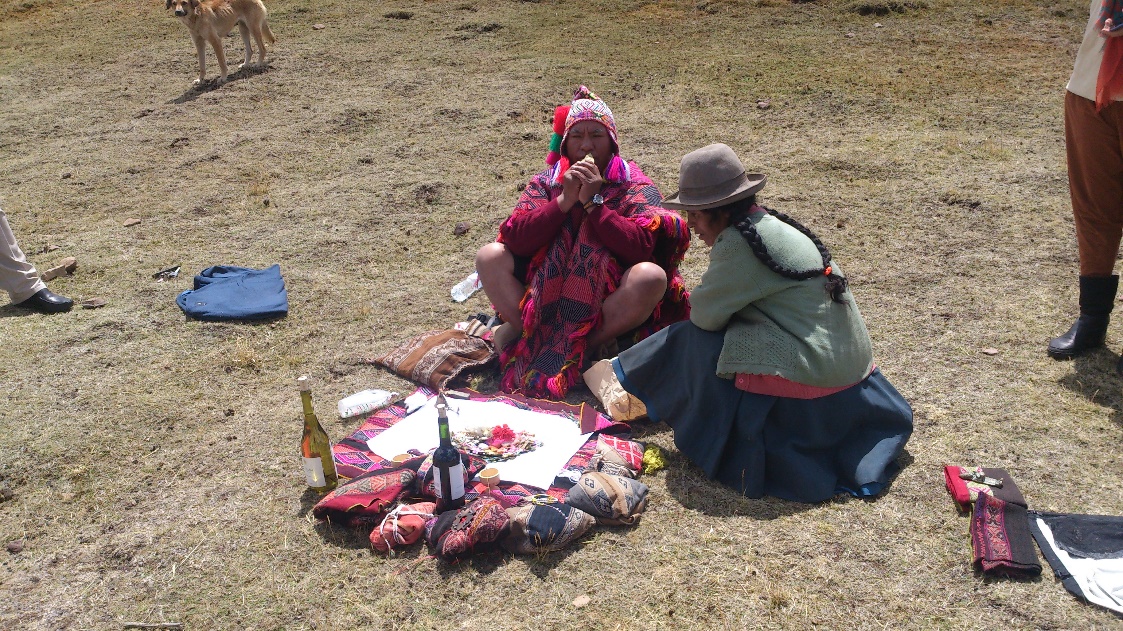
You can learn how to make many despachos for healing others and self-work in our Intermediate and Advanced Shamanism courses.
With thanks and gratitude to Don Sebastian Sullce Apaza
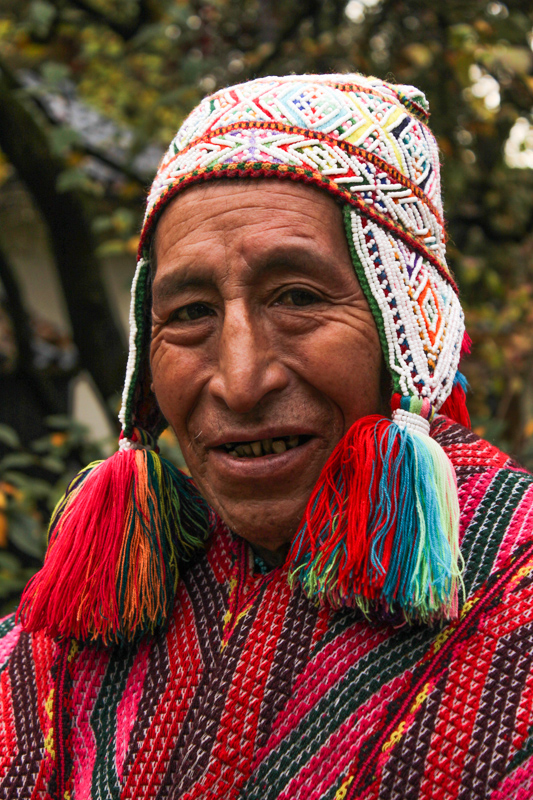

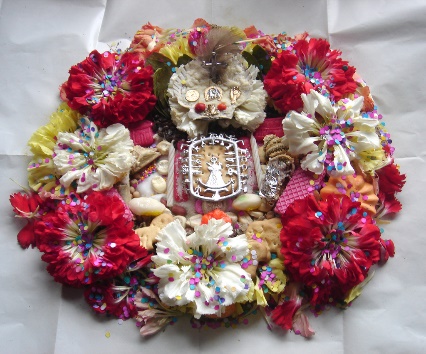 Sacred leaves. In Peru, coca leaves. Alternatives are bay leaves and rose leaves. They do not have to be fresh, they can be dried. They should be in good condition – not mouldy, cracked, or torn. The leaves are the primary carriers of prayers, and will often be the only thing the participants work with, everything else being placed in the despacho by the p’aqo. Leaves will be added in groups of 3, called a “kintu” (“kinsa” is Quechuan for 3). There may be one per participant, or specific numbers (usually 6, 9, 12 or 16 kintus)
Sacred leaves. In Peru, coca leaves. Alternatives are bay leaves and rose leaves. They do not have to be fresh, they can be dried. They should be in good condition – not mouldy, cracked, or torn. The leaves are the primary carriers of prayers, and will often be the only thing the participants work with, everything else being placed in the despacho by the p’aqo. Leaves will be added in groups of 3, called a “kintu” (“kinsa” is Quechuan for 3). There may be one per participant, or specific numbers (usually 6, 9, 12 or 16 kintus)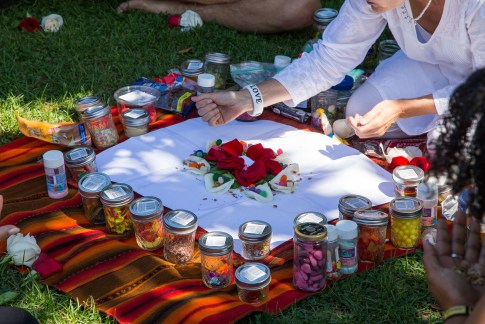 Other cool stuff
Other cool stuff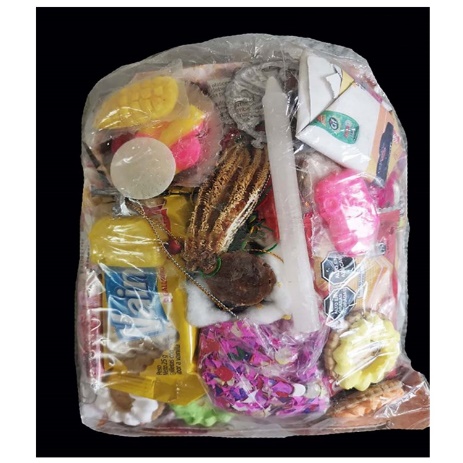 Buying Despacho Kits
Buying Despacho Kits